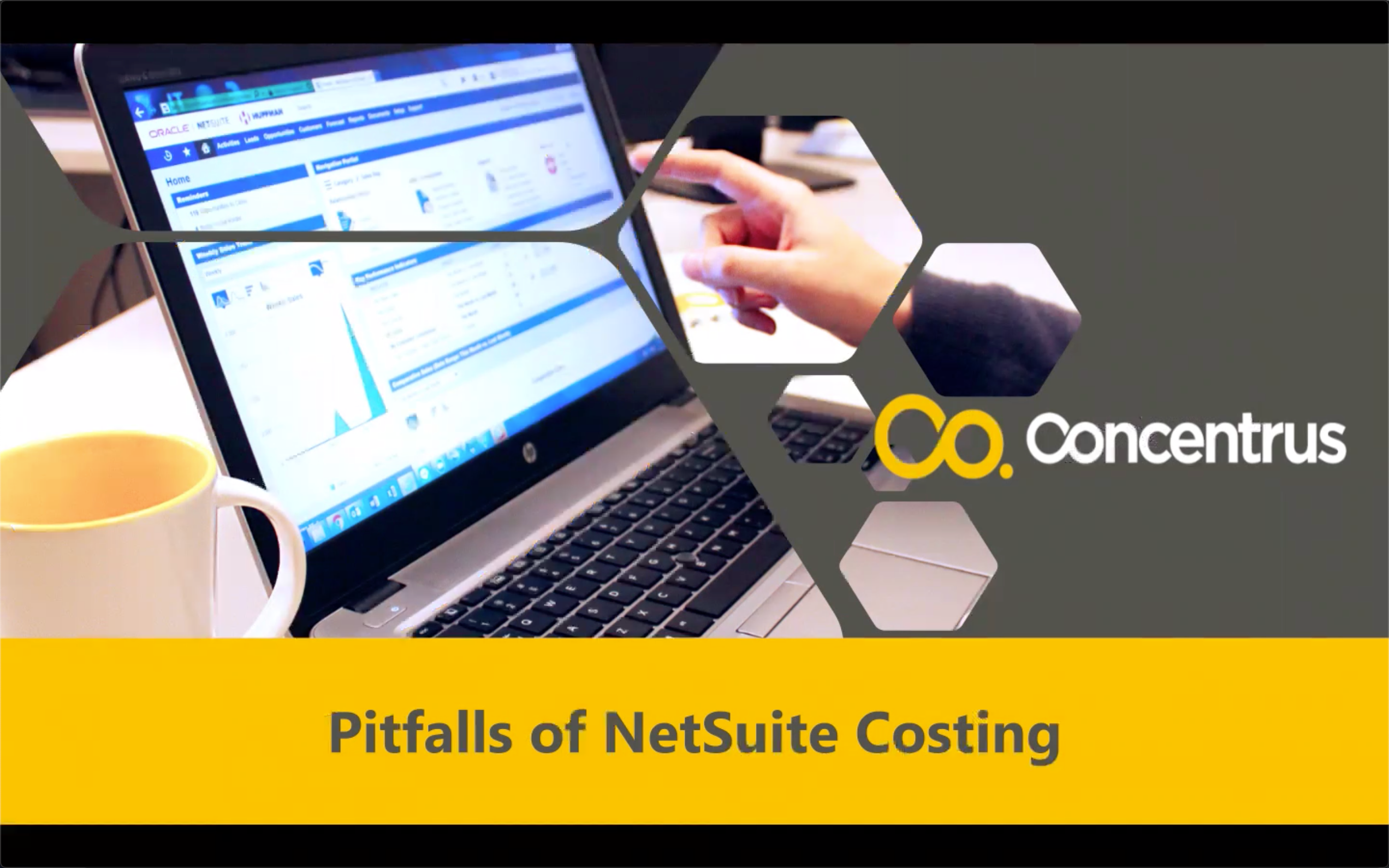 When choosing a costing method for your inventory it is very valuable to fully understand all of your options and the impact of such a decision. Things to consider when making this include the following:
When choosing a costing method for your inventory it is very valuable to fully understand all of your options and the impact of such a decision. Things to consider when making this include the following:
- Desire to perform period over period historical profitability reporting because different costing methods has significant impact on comparisons.
- Margins strategies - each costing choice can result in differences in margin and value of inventory.
- Volatility of purchase prices, special buys, product life cycle, and commissions.
- Serialized or Lot controlled items.
- Cost changes, price protection and revaluation needs.
I know this seem like a lot, however understanding your needs and strategies in these areas will help you make the best decision. When you create an item and select a costing method , you cannot change it. A new item must be created, and you risk loss of historical comparisons and sales history.
NetSuite offers several costing options. In addition to these options, when using Lot Controlled and Serial Numbering, additional options become available including Lot Controlled and Specific Costing, respectively.
- First-In, First-Out (FIFO)
Using FIFO, the first goods purchased are assumed to be the first goods sold so that the ending inventory consists of the most recently purchased goods. This method is useful to track different shipments of similar products. - Last-In, First-Out (LIFO)
Using LIFO, the last goods purchased are assumed to be the first goods sold so that the ending inventory consists of the first goods purchased.
- Average (moving average method)
Inventory costing is calculated as the total units available during a specific date range divided by the beginning inventory cost plus the cost of additions to inventory. - Standard
Standard costing enables you track standard costs for items and to track variances between expected costs and actual costs. - Group Average
Group average costing enables you to track an average cost for an item across multiple locations within a defined group.
When you finally decide the best option for you – whether it is to make a change or continue with what you have - it is important to test your business processes to understand if there is any impact. For example, impact to the operation report for sales forecast and margin as actual margins may vary significantly at the time of invoices.
The costing method you choose will impact a variety of different facets of your business including how you change costs for price protection, changes you make as a result of LCM, and your business processes.
Watch for my next blog to find out more about the impact of costing on multiple locations, reporting, and transparency.
Or, check out our webinar to find out why and when to use each NetSuite costing method.





